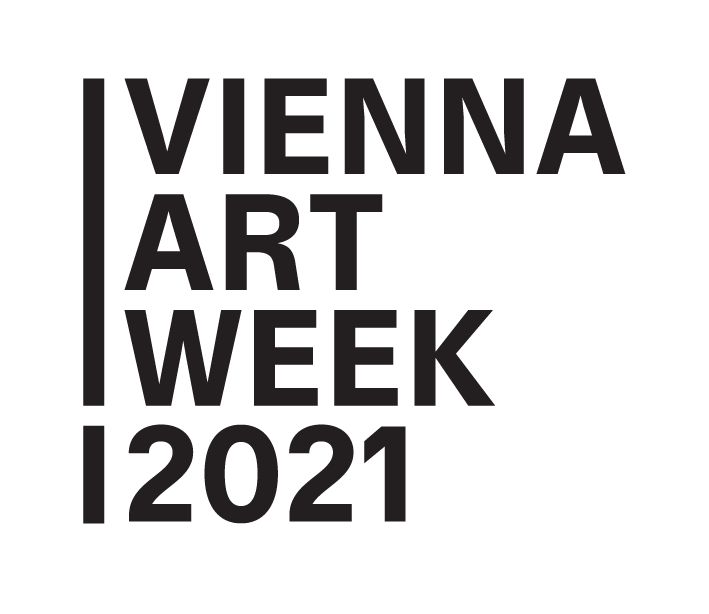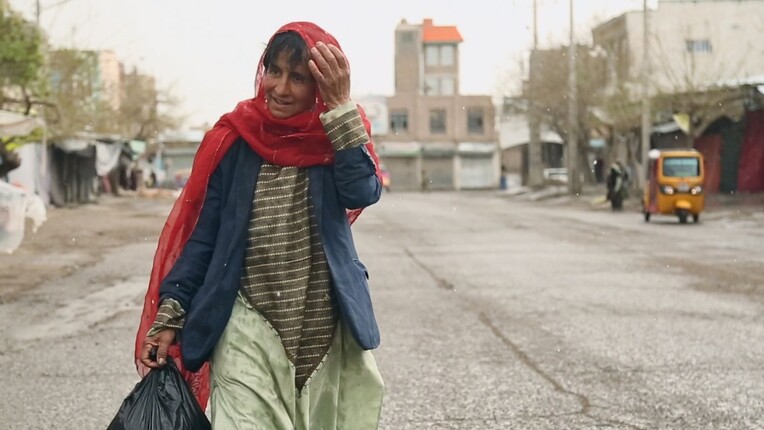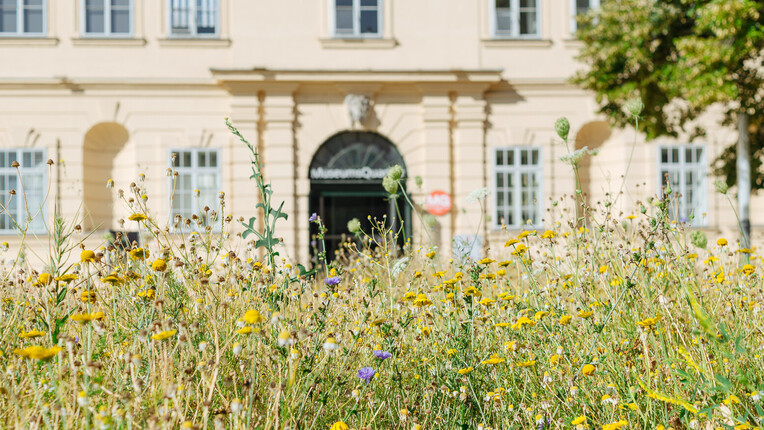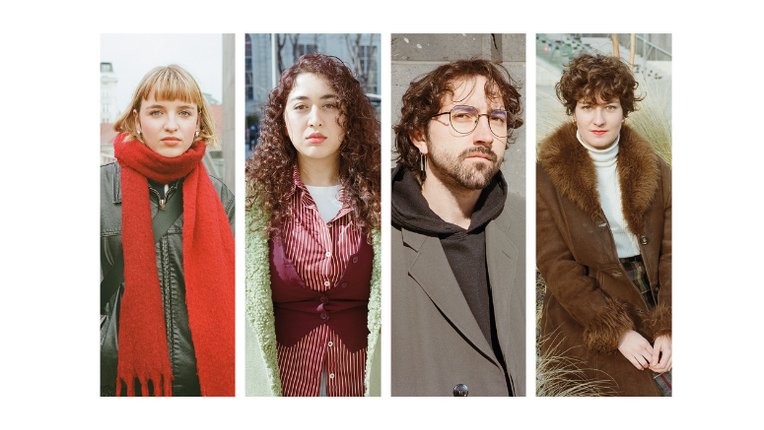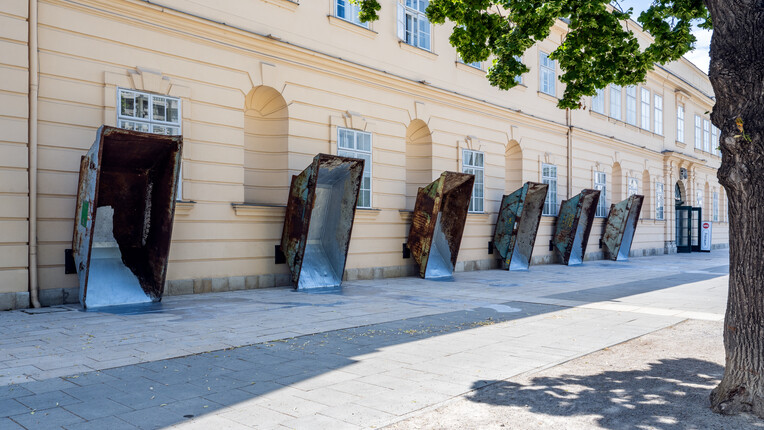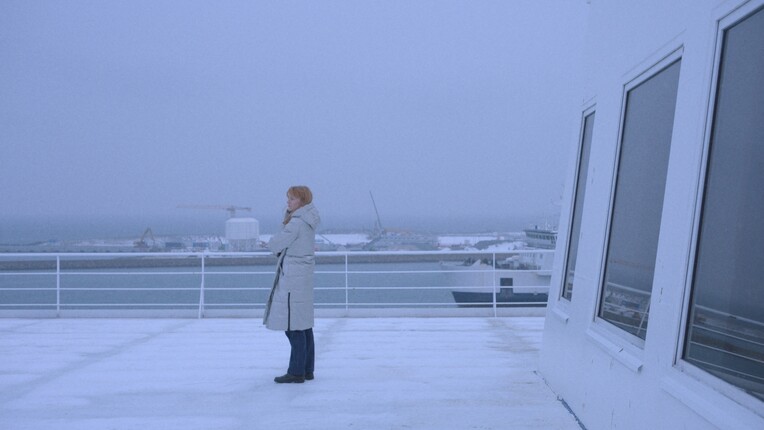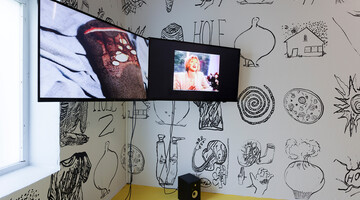
"We can never really abolish the hierarchies, but instead we have to work with them."
In October and November 2021, Lea Vene is Q21 Curator-in-Residence in cooperation with tranzit.org / ERSTE Stiftung. In conversation with Sabine Winkler she talks about her curatorial practice.
Sabine Winkler: In your curatorial practice and research projects based on participation and collaboration, you engage with the overlap between ecological and artistic research, ethnographic questions, image and visual ethics, politics of representation, special interest groups and marginal positions in visual research, among other topics. Which themes will you focus on during your stay in Vienna?
Lea Vene: I have several curatorial focuses in 2021 that I would include in this residency. Firstly I’m developing programs that promote artistic research through permacultural practices as an experimental collaboration with the Green Network of Activist Groups in Zagreb. I am interested in exploring similar practices during the residency. Secondly I am interested in connecting with the photography scene in Vienna and artists/curators working in that field, since I work for the international photography festival Organ Vida. My third curatorial focus is on contemporary art practices that explore textiles and related materials as an artistic medium. I’m a researcher at CIMO (Centre for Research of Fashion and Clothing) and within the Centre we are developing a project titled Briefing on Soft Arts. Therefore, during the residency I would be interested to meet artists working with textile and related materials and connect with similar initiatives in the context of Vienna.
The project Brioni – a necromantic attempt by Behzad Khosravi Noori and Magnus Bärtås with Paul Kupelwieser and Josip Broz Tito curated by Ana Kovačić and you narrates a fictive encounter between the industrialist Paul Kupelwieser and the former head of state Josip Broz Tito. Both of them lived on the Brijuni Islands and changed the landscape for touristic and representative purposes; both private economic interests and state domination of the landscape led to a transformation of the ecosystem. How do current interventions in ecological systems differ? How can necromantic perspectives and modes of access change our perceptions?
Tourism is still the main driver of the local economy. Brijuni can again be a very good example of over-touristification and -commodification of the natural heritage that breaches the island's ecosystem. During the summer, hundreds of tourists arrive every day to tour the island and capture a piece of its unique history. Behzad’s and Magnus’ project is a provocative and speculative attempt to bring forward the ghostly presence of Tito and Kupelwieser, which can be a regenerative strategy for facing and dealing with local history.
In 2020, you co-curated the exhibition Tiger in Space in Tallinn with Vanina Saracino and Marten Esko. It was about energy, about a possible reinterpretation or new way of looking at the concept of energy. What should change in our understanding of energy, how can we situate the notion beyond the economic discourse, and what does Georges Bataille’s concept of “excess energy” have to do with it?
Today we are immersed in the world of excess energy and one of the aims of the exhibition is to discuss its presence in everyday life. This means experiencing, embracing and releasing this excessiveness. I think the work of Jaakko Pallasvuo, one of the artists in the exhibition, offers the best example of how Bataille’s work can be interpreted today. It speaks to rootedness in the world of excessive imagery that spans from the intimate and personal to the generic and grotesque.
In 2018, together with Marija Borovičkić, you worked on an ethnographic study of the industrial heritage on the island of Korčula from the perspective of women workers. Can you briefly describe in more detail how you went about this, and how you managed to integrate local people, to connect industrial and post-industrial realities and identities?
One of the main goals of the project was to involve people living on the island. To do so, we often used a bottom-up approach and direct communication with the community. It is a long-term process based on ethnographic methods of recording silenced or invisible voices/memories (in our case, predominantly of the female population that used to do industrial labour). The initial research actually involved one-on-one interviews and extensive conversations with informants in their homes. In addition to ethnographic research, we wanted to further involve the community in art projects that built on previous research. We selected such formats – workshops, interviews, walks – that could bring us closer to the community.
Collaborative and participatory ways of working can counteract hierarchical structures, but is there still a danger that new hierarchies will emerge from them?
We (curators) are often in the position of an outsider, so I am trying to be very careful when thinking about cultural programming. It is crucial to establish a dialogue with the community and continuously develop and involve the audience. We can never really abolish the hierarchies, but instead we have to work with them. Participatory projects often reveal power play in the backstage of the process and for me it is important to reflect on the concept of consent initially given by participants/collaborators. In order to respect collective labour and dialogue, we have to be ready for improvisation and adjustments along the way.
Image: Jaakko Pallasvuo, Hole, part of the exhibition Tiger in Space, EKKM, Tallinn, photo: Paul Kuimet, 2020
